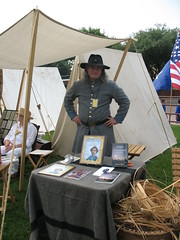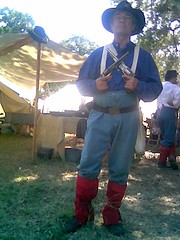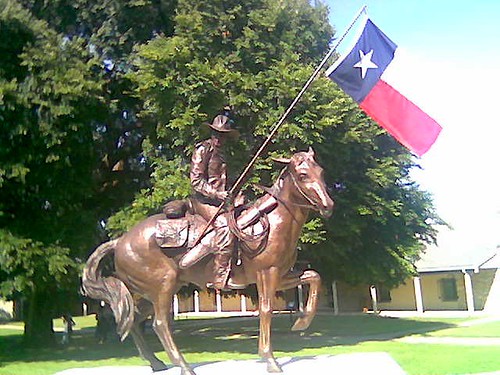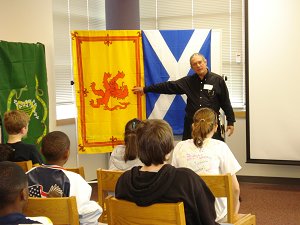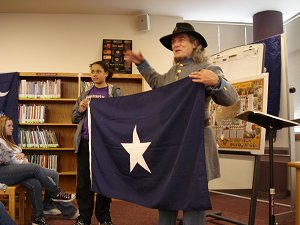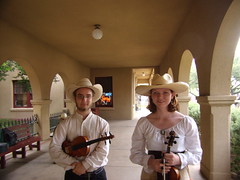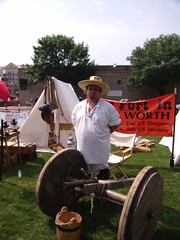I’ve always loved the woods and forests. I’ve always thought that I was an anachronism, an alien to the age I was born in, belonging to another time and place in history. So I joined the Boy Scouts, was an Eagle Scout, was awarded the Bronze Palm, Order of the Arrow, 50 miler Award, and the God and Country Medal. I had a leaf collection, read everything I could on camping, hunting, and nature. I spent much time in the woods in my childhood, and after I learned to hunt, spent more. I’ve camped and hiked the woods of Colorado, Pennsylvania, Louisiana, Arkansas, and Texas.
My son, Zachary, is a surveyor. He’s an good hunter and loves the outdoors–probably more than I do. His occupation keeps him in the woods of Northeast Louisiana constantly. He fights and dislikes the heat, ticks, chiggers, snakes, briars, mosquitoes, difficult land owners, and the other occupational hazards surveyors must face, but every now and then he comes on some sites of real beauty. Here’s a couple of photos that illustrate the things hidden in our woods. The first photo is of Zachary, standing next to a giant cedar. We’ve shown the picture to several and no one has ever seen a cedar this large. Yes, folks, the loggers missed this one!
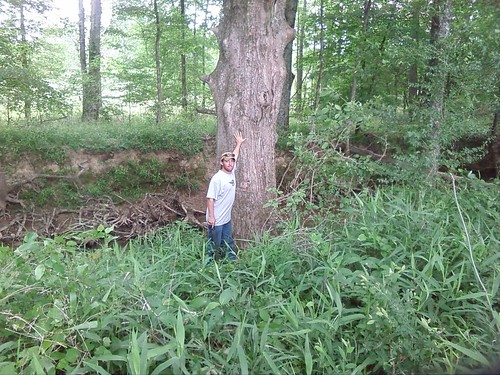
The second photo is of a beautiful wild turkey. Tom, is it really you, lad?
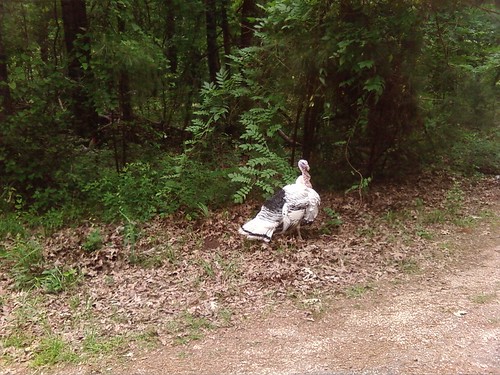
Do yourself a favor and enjoy the wilderness every chance you can. There’s no telling what you might see.

